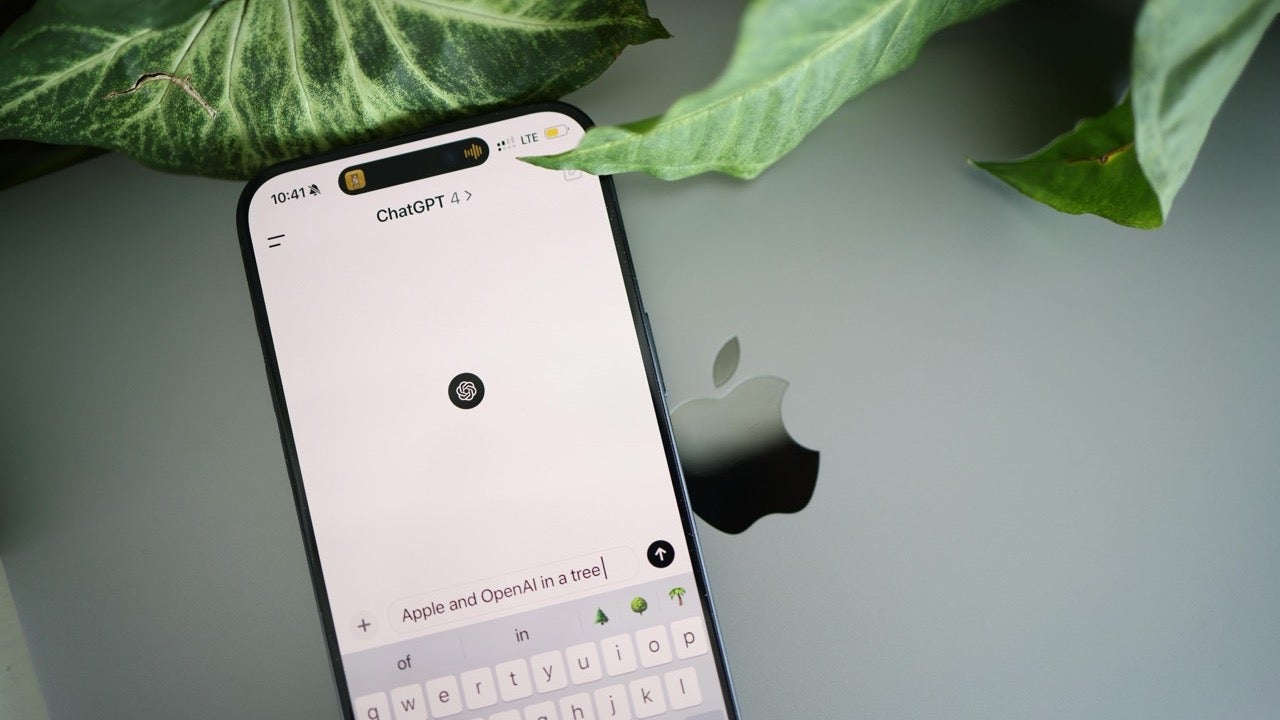News
Most ChatGPT users make this mistake: Three tips to avoid it
Most ChatGPT users add too much detail in their prompts. Here’s how to improve accuracy and speed with three simple but powerful strategies.

- June 29, 2025
- Updated: July 1, 2025 at 9:16 PM

Every day, millions of people turn to ChatGPT for help with questions, tasks, and inspiration. But there’s a common mistake that even experienced users continue to make—and it’s quietly holding them back. Here’s how to avoid it and get much better results.
Short prompts are more effective
Long, detailed prompts often confuse the model or dilute the request, leading to vague or off-topic answers. According to a 2024 AI study, prompts with fewer than 12 words perform 22% better. Try replacing lengthy questions like “Can you help me write a blog post about summer road trips with kids?” with “Write tips for summer road trips with kids.” The difference is immediate and noticeable.
Start with a strong verb
Avoid filler phrases like “Can you tell me about…” or “Would you mind explaining…” Instead, begin your prompt with a direct action, such as “Compare,” “Summarize,” “List,” or “Rewrite.” For example, instead of “Could you maybe list some good books for teens?”, just say “List good books for teens.” This removes ambiguity and improves precision.
Add constraints in follow-ups
Trying to pack everything into one giant prompt leads to overload and lower-quality answers. It’s much better to build your request step by step. First ask “List 3 laptops under $1 000”, then refine with “Now filter by models with OLED screens.” This method helps the AI stay focused and accurate.
Less is more when it comes to prompting. By shortening your inputs, starting with a verb, and layering your requests, you’ll get faster, sharper and more relevant responses every time.
Latest from Agencias
- James Gunn clarifies the future of Harley Quinn after years of being a DC icon
- South Korea has grown in streaming much more than expected. They have to thank themselves
- One of the most controversial (and brave) artists in history will have her own biopic
- We have been waiting 15 years for the end of one of the best mangas in history. And now, finally, it is going to arrive
You may also like
 News
NewsJames Gunn clarifies the future of Harley Quinn after years of being a DC icon
Read more
 News
NewsSouth Korea has grown in streaming much more than expected. They have to thank themselves
Read more
 News
NewsOne of the most controversial (and brave) artists in history will have her own biopic
Read more
 News
NewsWe have been waiting 15 years for the end of one of the best mangas in history. And now, finally, it is going to arrive
Read more
 News
NewsThunderbolts is coming to Disney+ sooner than you thought: This will be the release date on the platform
Read more
 News
NewsFirst look at the highly anticipated series of the world's most famous thief
Read more